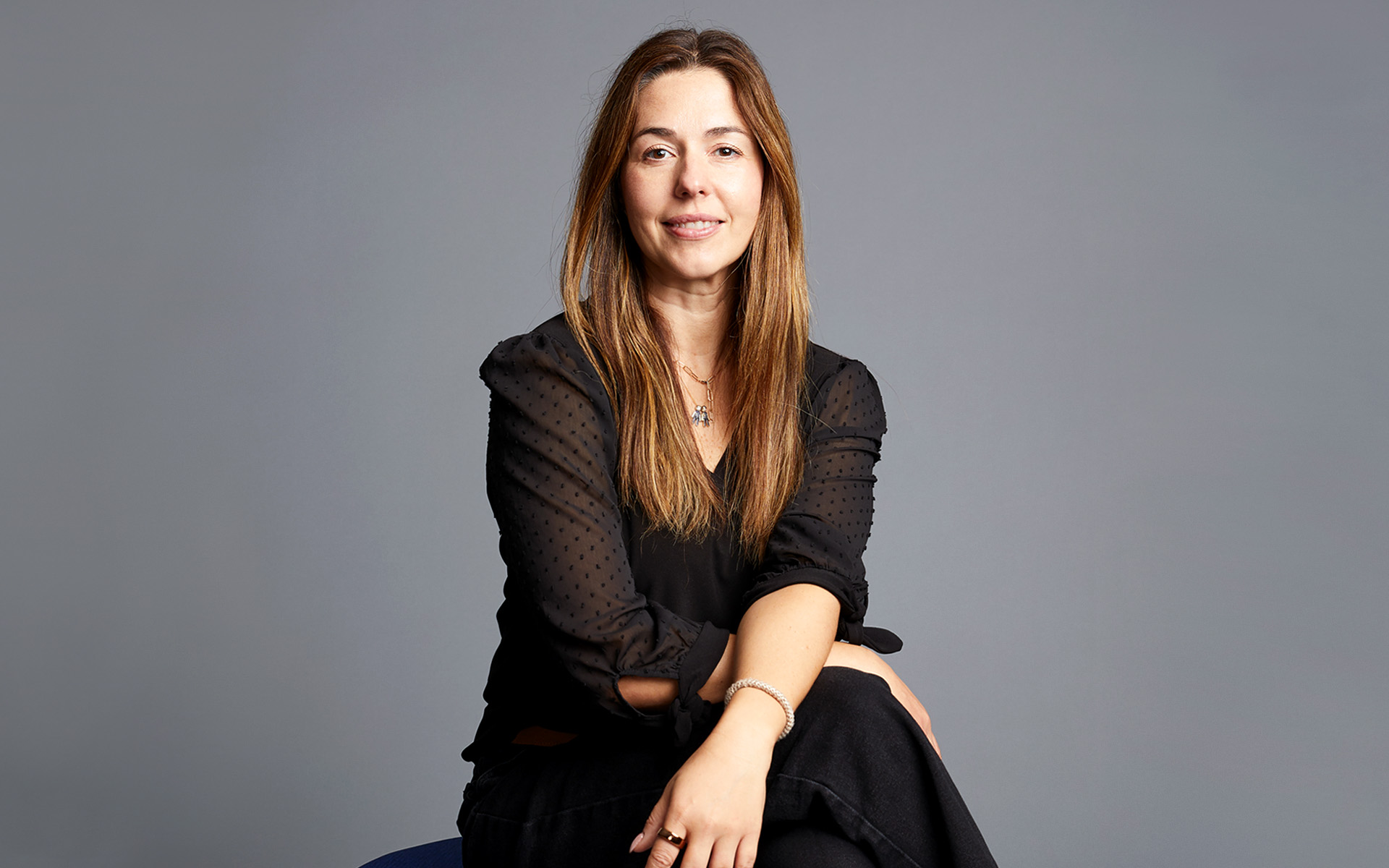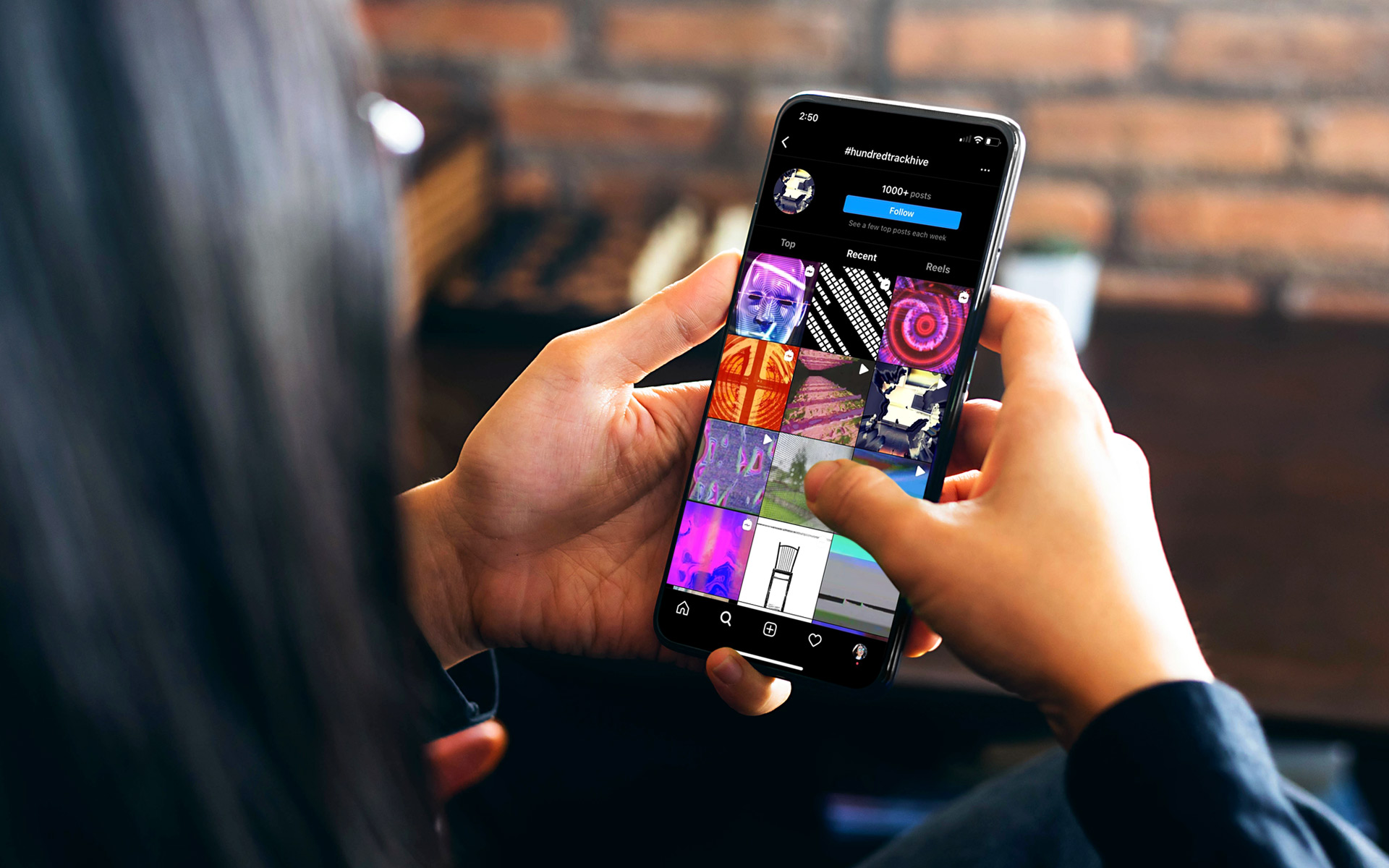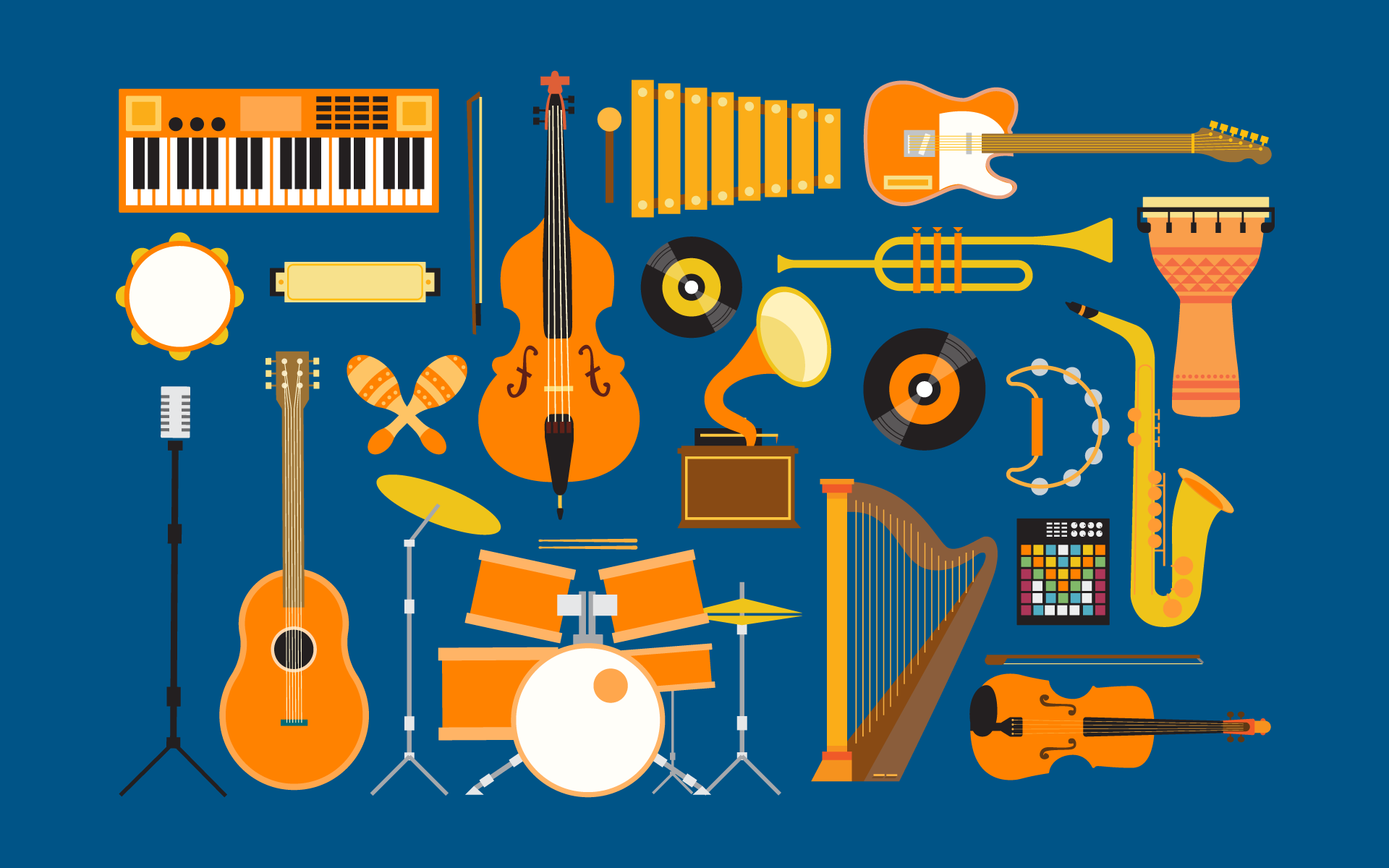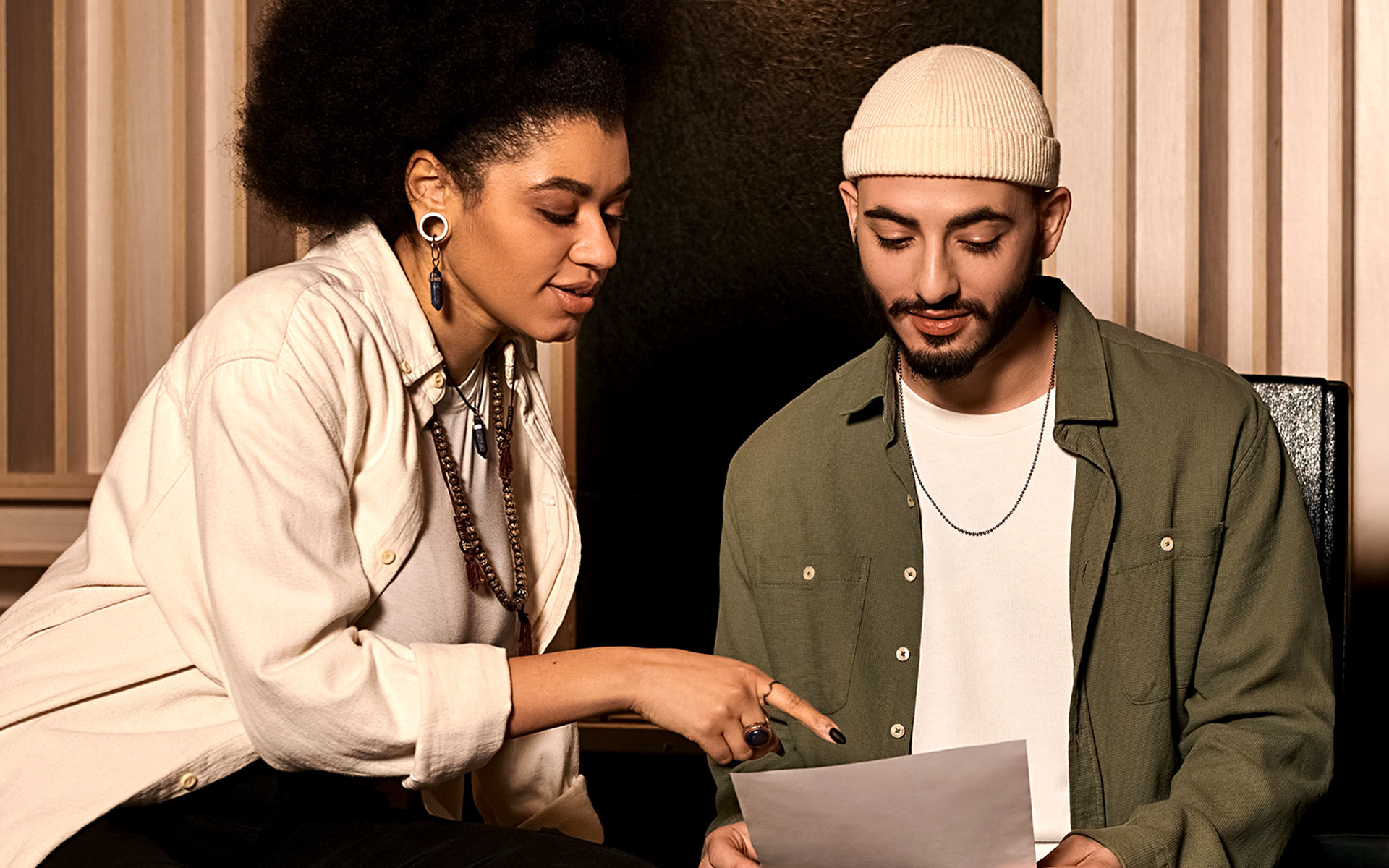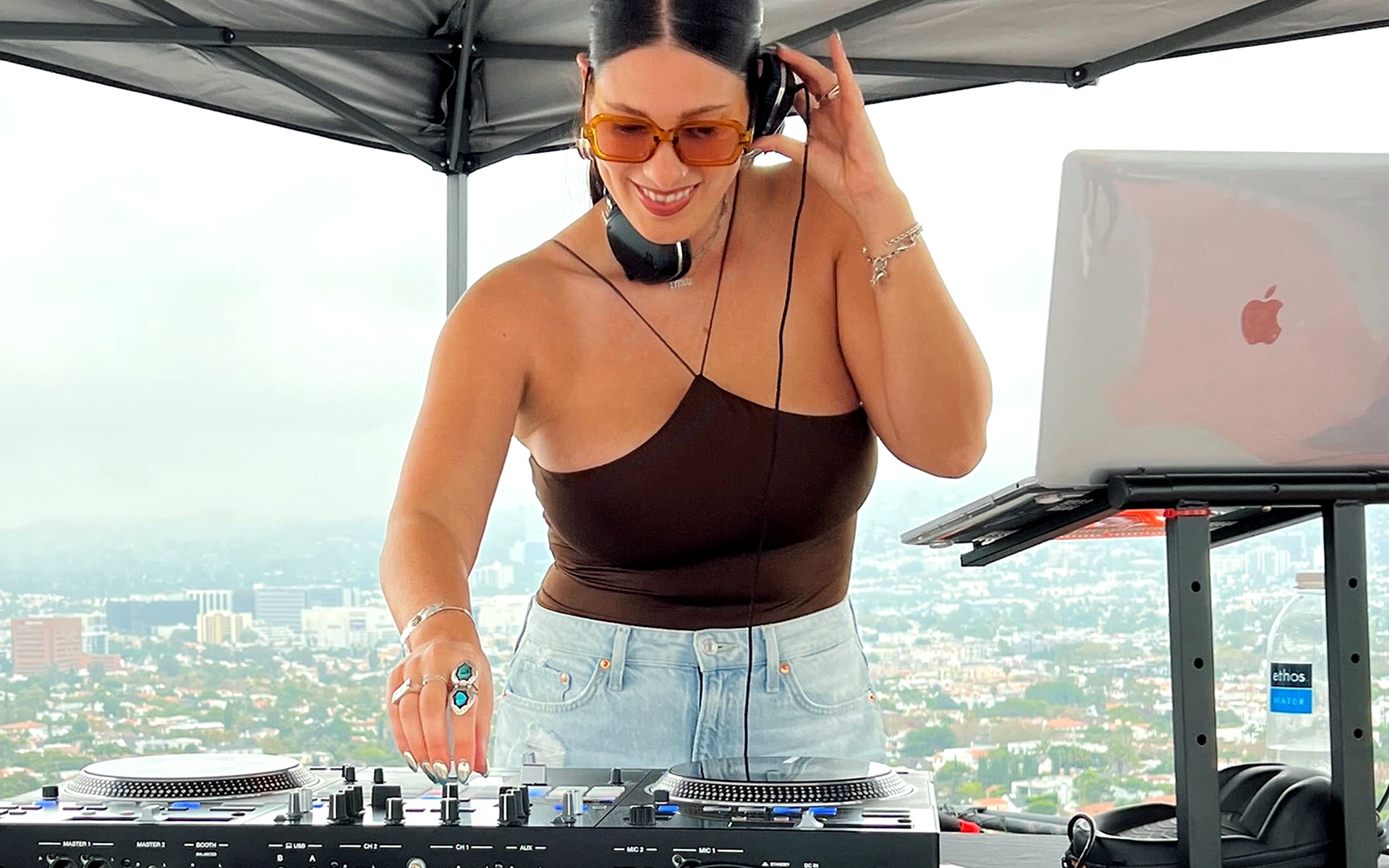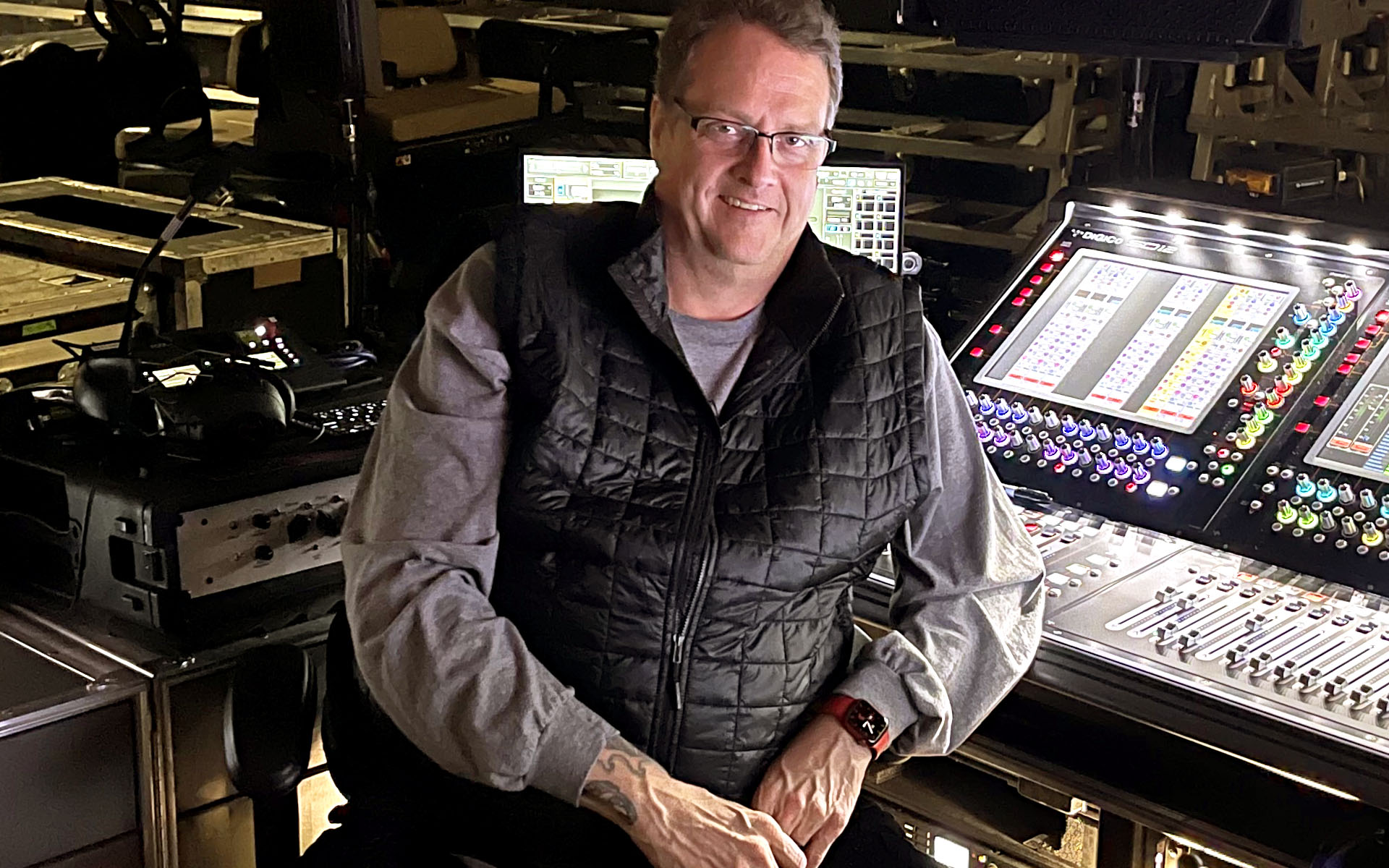Establishing a new habit can be difficult, but having some accountability can make the process easier, especially when you’ve committed to it publicly on social media. Berklee NYC program director and Berklee Online course author Loudon Stearns wanted to help his students stick to the habit of songwriting, so he started the #hundredtrackhive experiment to inspire musicians who are struggling to create. He got his Electronic Writing and Production students of his to compose a track every day—yes, every single day— and they shared their work with each other on Instagram under the hashtag #hundredtrackhive.
“I’ve been really inspired by a lot of research into creativity that states that quantity is more important than quality,” says Loudon, who now heads up BerkleeNYC’s Live Experience Design program. His findings from the #hundredtrackhive project have significantly informed his approach with his graduate students.
“I can’t imagine any artist that hasn’t made a ton of garbage before they made their masterpiece,” he says. “Everything I know about creativity is that the only sure thing is simply that you’ve got to make, and when you make, you get better and that’s the whole creative process.”
Loudon says that he was also inspired by an artist named Mike Winkelmann, who is known professionally as BEEPLE.
“He’s one of the richest artists on the planet now through an NFT sale of his works,” says Loudon. “He had a job he didn’t like, and he just wanted to be a graphic artist, so he said to himself, ‘I’m going to make a piece of art a day and I’m going to post it online for the rest of my life.’ It’s a matter of making every day, putting it out there, allowing yourself to just create and publish constantly: It reduces the need to be amazing or precious.”
The idea for #hundredtrackhive first came about as a response to the pandemic. What was a class that only met once a week to learn Electronic Production & Design (EPD) techniques became an online community that shared and supported each other’s works. Using Splice’s sample downloads and synthesizer presets helped keep the inspiration flowing for those 100 days, and the company was kind enough to provide Loudon’s class with a free three-month subscription.
“I figured, ‘Okay, let’s just create a class structure where the whole class is communicating with each other every day, giving each other comments and good vibes through the media we’re already using,’” says Loudon.
TAKE LOUDON’S COURSE: COMPOSING AND PRODUCING ELECTRONIC MUSIC 1
Instagram ended up being a great medium for the project, due to its fast-paced nature. The fact that Loudon and his students were sharing snippets and ideas instead of full projects made the app seem like the right place for the experiment. Loudon also saw other advantages to it:
“We have a natural tendency as artists to make long things, so I love Instagram for many reasons,” he says. “One, the audio isn’t the best quality. So it avoids getting too precious with the mix, because it’s going to sound like shit anyway. And two, you have this one-minute limit, which means that everything should take under a minute to work there. And you have to be visual.”
Even before the #hundredtrackhive project, Loudon required his students to submit a visual with their projects, which lent itself well to Instagram and added more layers to the students’ musical submissions. Some held a low-fi aesthetic, others strived for glitch-art. Some posted pictures of their friends or places with funny captions. Above all, it provided their music with a visual identity.
“Some of the students really developed a vibe of their own,” says Loudon, noting that one student always used a white border around everything, “and that was really striking visually.”
Aside from the music and eclectic artwork, what is also remarkable is all the heartfelt comments his students made on the posts. There is an apparent honesty in the comments that translates a strong sense of community between the students. Loudon says there’s also another major plus of doing a little bit of work a lot.
“One big benefit of making one track a day is that I’ve saved it all,” he says. “I have a folder of all this stuff and every one of those is a starting point now, a template. It becomes a kind of portfolio.”
Loudon explains that if a student collaborates with an artist or director, they can tell them to look through their examples on Instagram for inspiration for what they are looking for. Not only that, the student can then pull up the Ableton session and build the project around a preexisting foundation, saving time. Plus they can say that they completed these pieces in an hour, which they can wear as a badge of honor.
STUDY ABLETON LIVE FUNDAMENTALS WITH LOUDON
But regardless of how fun and whimsical this sounds, these students are creative people, and generating so many creative ideas for one course must be pretty draining, right?
“Yeah, they do get drained, and there’s a couple of ways I dealt with that,” says Loudon. “I made sure that the first thing we posted, we did during the class and only took an hour on it. I’ve done this a number of times with different classes and different groups of people, and if anyone out there is trying to start this idea for their own, the trick is to set a low bar with your first post.”
Loudon says that when he first introduced #hundredtrackhive to students, he had them jump right in, to take away any anxiety of preparation and expectation. He also made sure to keep it light, so students would go easy on themselves.
“We did it in class, so you only have an hour, which means you make it, you post it. That sets a standard of a low bar,” he says. “Then the other thing I did is that I made games of it every week. There’s a tendency to sit at a blank sheet of paper and be lost in a blank sheet. So as the professor, I would set up games like: ‘Okay, this week, it’s all about modular synthesis, so you just make a modular synth patch every day of this week.’ So that sets up a game to play. Or ‘This week you have to remix someone else’s project,’ or ‘This week every piece has to be part of a continuing story.’”
LEARN ABOUT MUSIC SAMPLING WITH LOUDON
Loudon says he noticed a natural kind of arc: most of the students are really good up until their 20th post and the quality drops off a little, with the lowest points happening between the 40s and 60s, but after that there was an exciting uptick.
“To me it’s like, ‘I’m almost there!’ and it’s a marathon,” says Loudon. “And then we all did the last one in class and we all made our 100th post together, which was super fun.”
Loudon Stearns is the program director for Live Experience Design at the Berklee NYC, which shows students how to make the sounds, lights, visuals, camera operations, and interactive performance control for contemporary live events. He has also authored several Berklee Online courses, including Composing and Producing Electronic Music 1 and 2, and co-authored Sylvia Massy: Creative Approaches to Recording and Producing Music, Ableton Live Fundamentals, Ableton Live Techniques: Sampling, Ableton Live Techniques: Synthesis and DSP, and Ableton Live Techniques: Non-Linear Creative Strategies and Composition.

